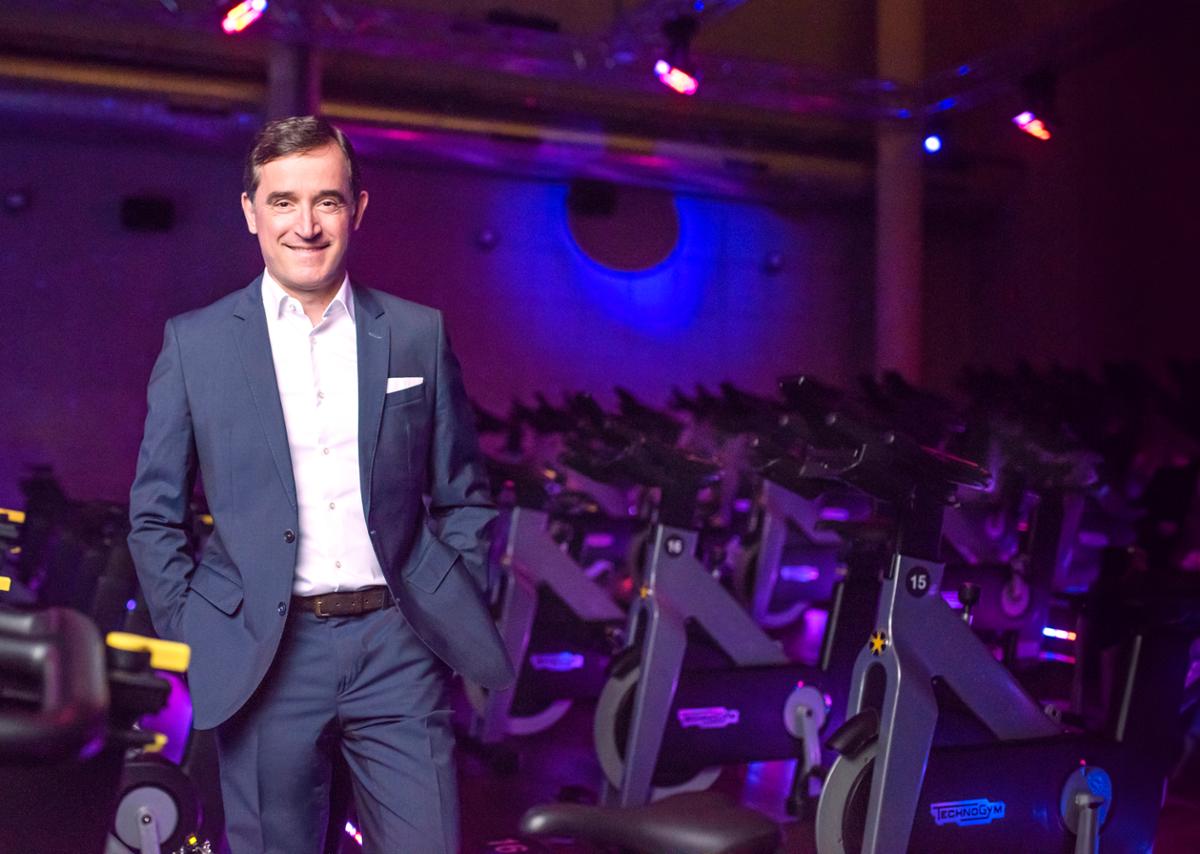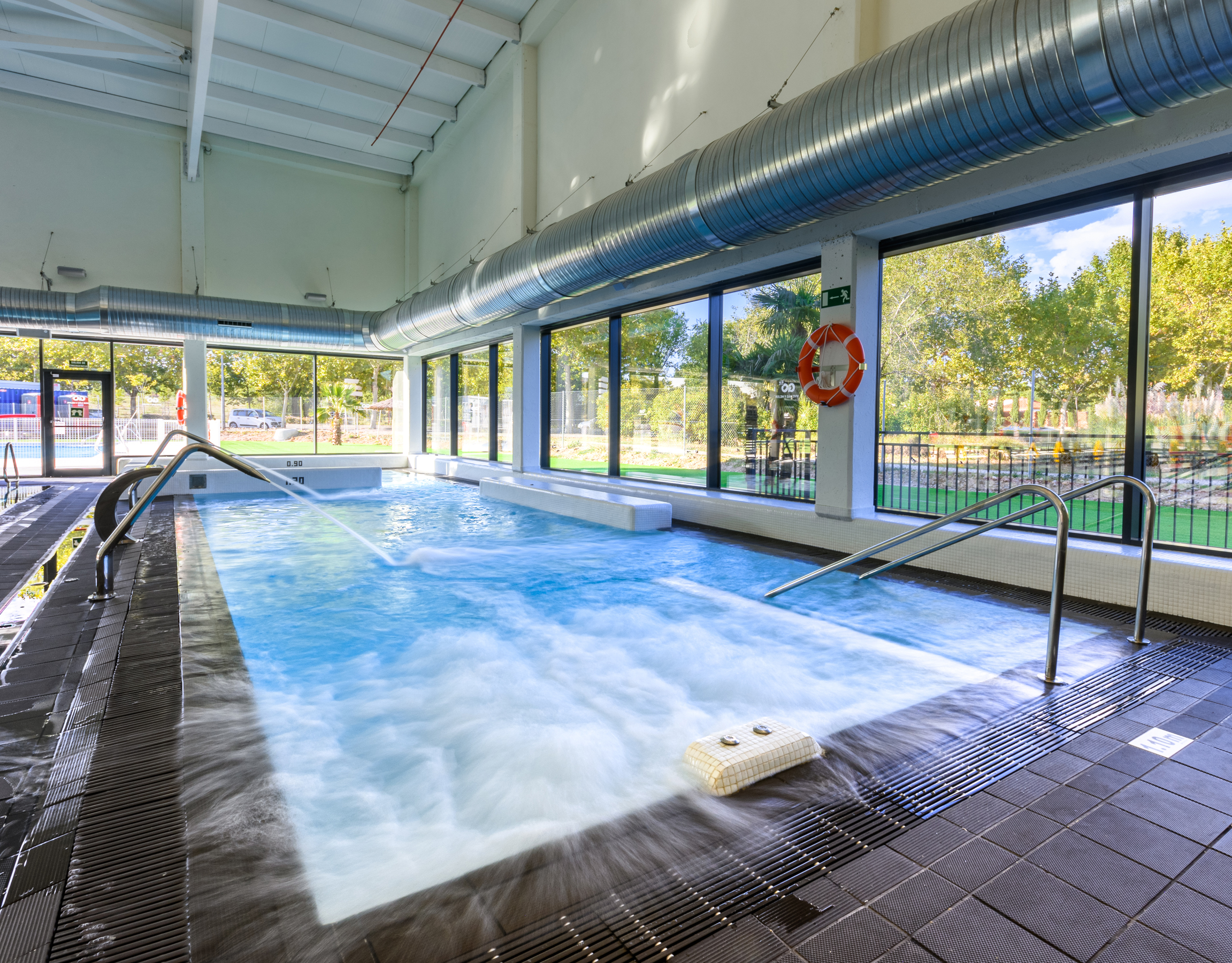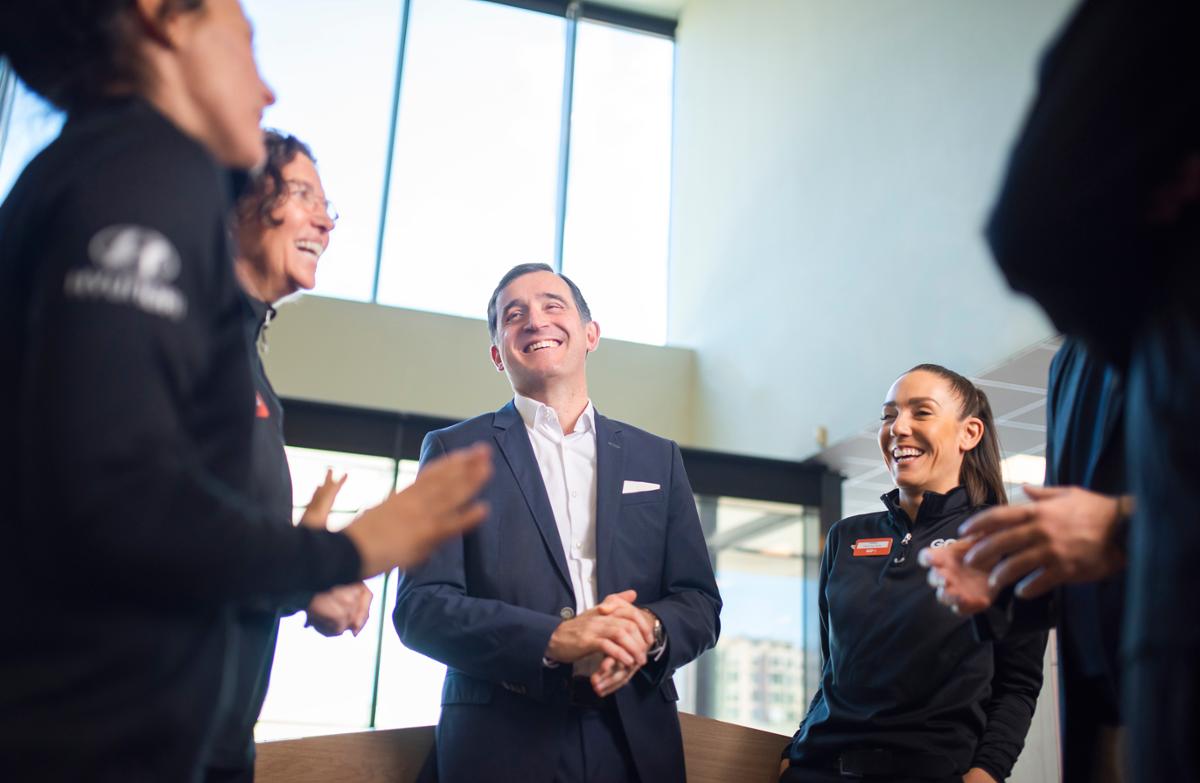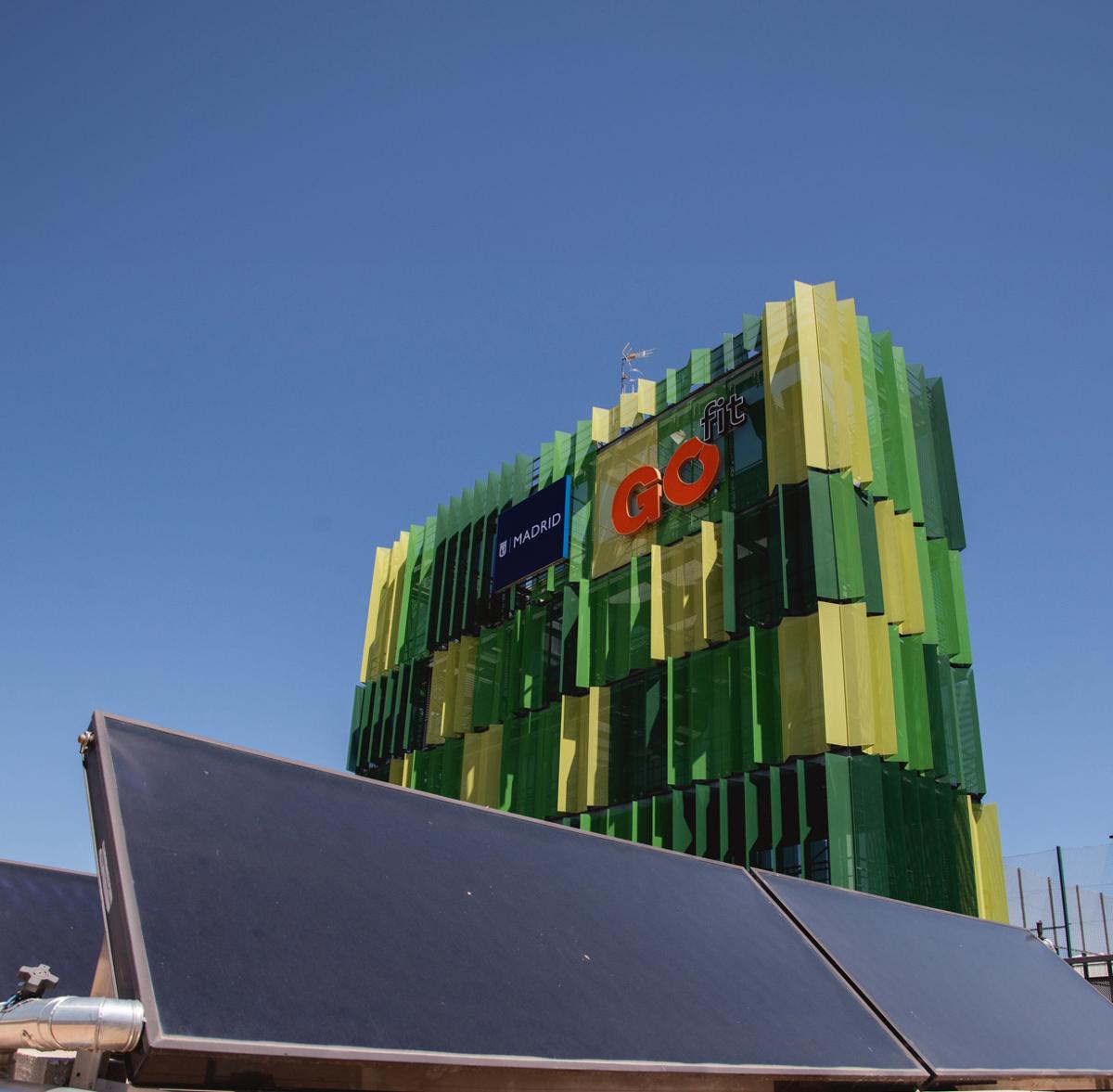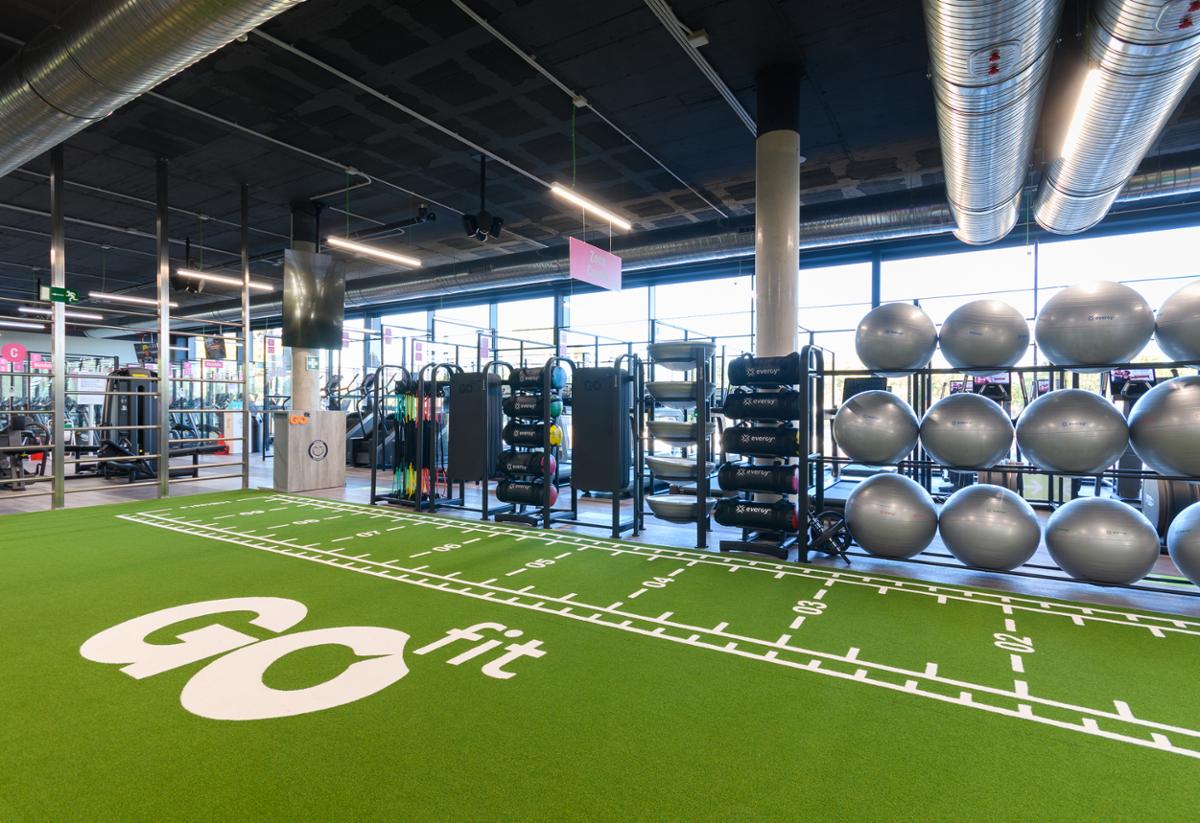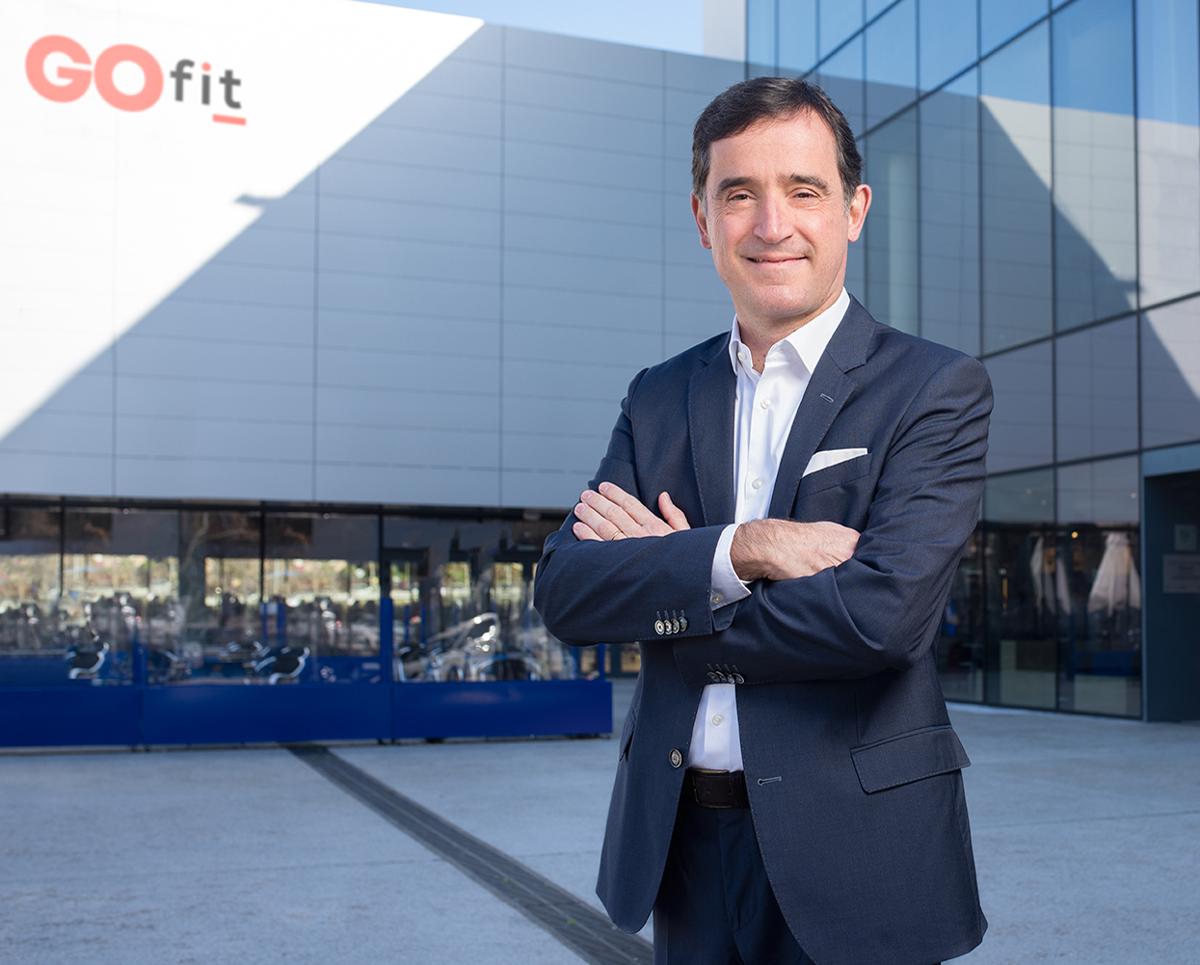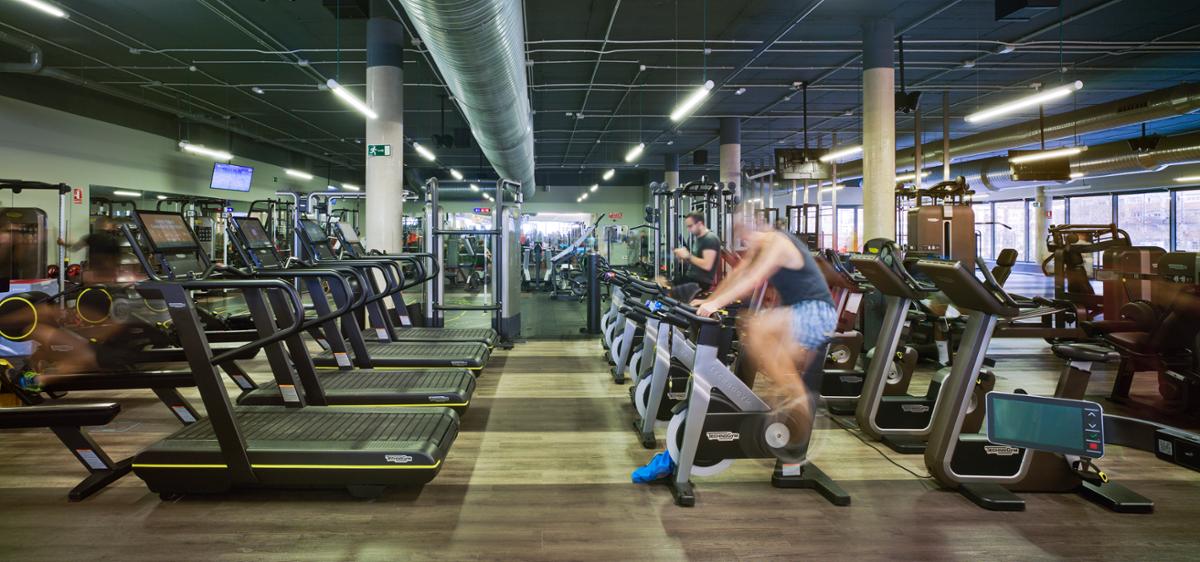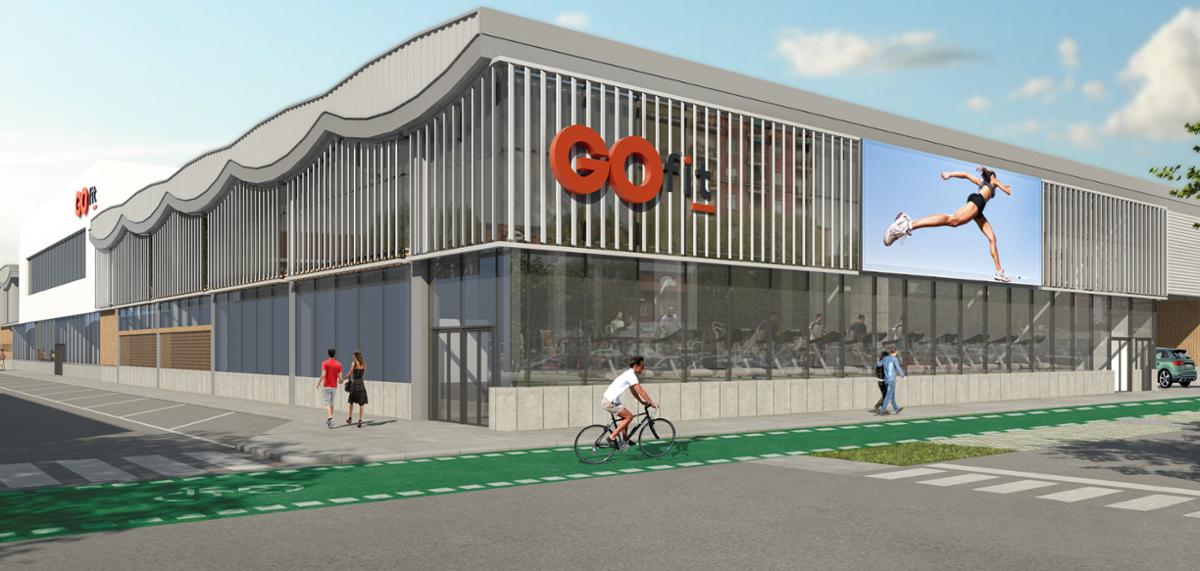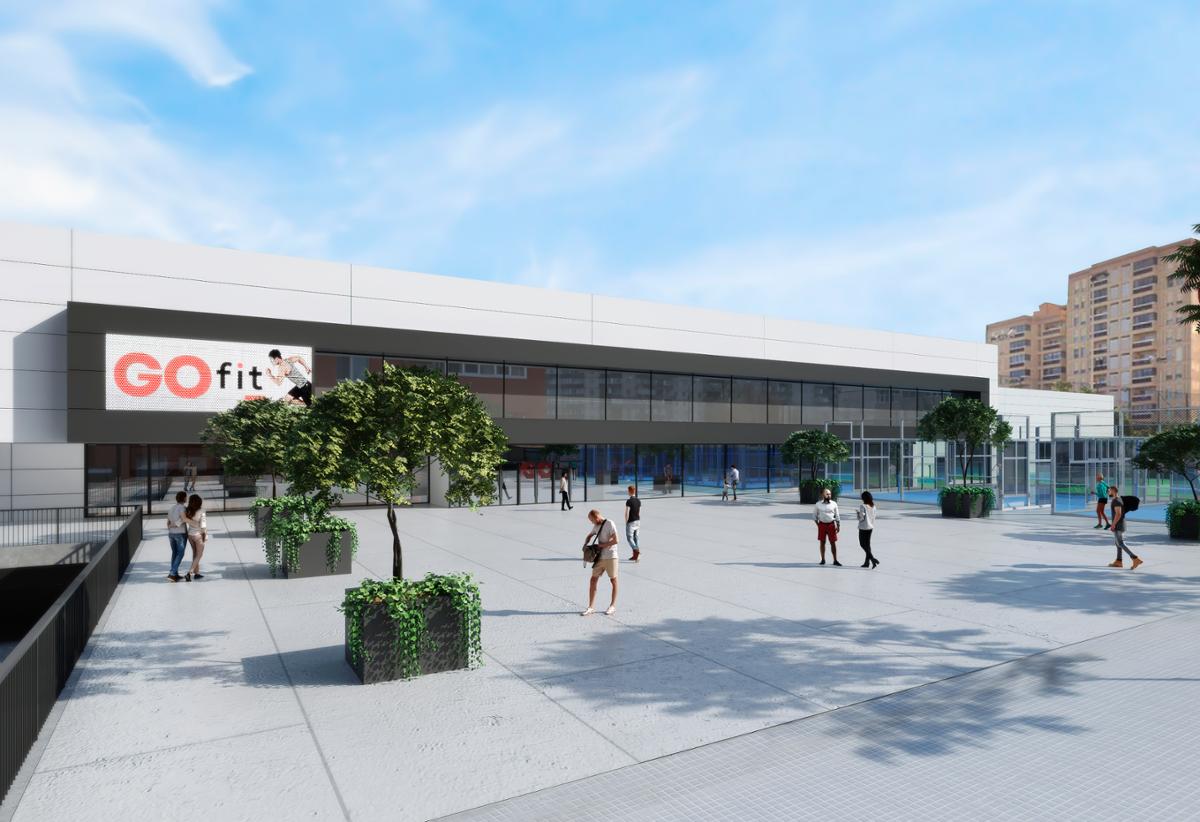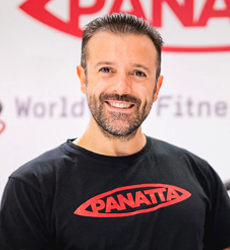What excites you about Go Fit?
The company has a hugely powerful vision of creating the wellbeing infrastructure that society needs, inspiring individuals, families and communities to live healthier, more active, more sustainable lives.
We’ve redefined the model of public-private collaboration in Spain and are now entering the Italian market. We’ve been recognised by the United Nations Economic Commission for Europe as delivering best practice in public-private collaboration.
On average, we enter into 40-year agreements with local authorities and other social value-minded landowners, committing to delivering the investment and expertise to transform the wellbeing of local communities in a long-term, sustainable way.
Through our research body, the Go Fit Lab, we also put science and data at the heart of our business. People are looking for services that bring proven results, and our research evidences those results to give customers confidence in the proprietary Go Fit Method.
When you combine this with our huge breadth of facilities, products and services – an average of 50 team members to support you in every centre – and pricing that’s always affordable and accessible, Go Fit’s value proposition is overwhelming. It makes us very attractive to a lot of people.
Our research helps to open important doors; there’s an incredible hunger from governments and policymakers for research- and evidence-based best practice, and we’re happy to share our data and insights with them.
We believe we should be doing this as an industry, not just as individual brands. Together, we must evidence our impact to stimulate the market, combat any possible notion of ‘healthwashing’ our business models, and gain strength as a sector. It’s why Professor Alfonso Jimenez, our Go Fit Lab research director, not only pushes this agenda for our organisation, but also at EuropeActive and globally in collaboration with the World Health Organization.
In 2019, PricewaterhouseCoopers calculated Go Fit’s social value in Spain to be €300m and now we’re setting up social value monitoring site-by-site and in real-time with Alfonso and the Go Fit lab – this will launch in the next 12 months.
Tell us more about Go Fit’s social conscience.
I very much appreciate Go Fit’s willingness to think long-term, making decisions because they’re the right thing to do. For an example of taking good long-term decisions I can point to 2019, when the business invested in a 10-year green energy contract.
It was a brave move, because when the deal was signed it was going to cost above-market prices, but it was the right move for the sustainable world we want to help build. In the end, we also saved millions during the energy crisis, but that wasn’t why we did it.
Sustainability is something we’re investing heavily in across the business because it’s the right thing to do: the goal is for all new centres to be Net Zero.
We believe social impact pays off. I’m still sufficiently fresh in the sector not to feel able to offer too much advice to other operators, but I think Go Fit clearly shows how investing in society can also drive long-term commercial success.
Tell us about your move from fast food to fitness
I worked for McDonald’s for 23 years, starting in Portugal as product manager and ultimately moving to the US as president of the east coast, responsible for a P&L of more than US$22bn. It was an exciting journey with an exciting company.
In 2022, as I took a moment to think about my next career steps, I was presented with a fantastic opportunity: to come back to Europe and Go Fit – a business where it’s impossible not to feel excited as you step through the doors and with the move meaning a transition for me to a market that’s young, dynamic and full of opportunity.
Especially since the start of COVID, attitudes around health and fitness have changed in a positive way: a McKinsey study shows that 81 per cent of people now recognise the health benefits of being active. So there’s huge potential here, and what McDonald’s taught me was how to evolve and adapt to new circumstances: seeking out the opportunities, looking beyond where one might normally look for inspiration, forging different paths to overcome new challenges.
This is a mindset I’m excited to bring to Go Fit, where I believe the team is already best-in-market: passionate, with diverse backgrounds and expertise and zero complacency, even though Go Fit already has huge momentum and a proven social impact. Across the board, there’s a powerful desire to continually improve and learn, which I find really interesting.
But then Gabriel Saez, founder of Go Fit, is a very special person, and in Go Fit he created something exceptional. I’m delighted he was so closely involved in the selection process and that he chose to hand the baton to me in January 2023.
How has your first year been?
I’m fortunate to be able to lead an incredible organisation that was already in great health and enjoying momentum. It afforded me the time to get to know the business, the market, the challenges. I’ve spent a lot of time in our centres, getting to know our people, understanding their needs, seeing how the centres work and how our frontline teams interact with customers.
I’ve also spent time with the CEOs of some of the largest brands in the sector, both domestically and internationally, listening to their thoughts on the purpose of the sector and the opportunities for growth and progression. I’ve really learned from them.
This has helped shape Go Fit’s refreshed vision and new five-year plan. We already have an incredible organisation, but we’re humble enough to recognise that there are still areas for continued improvement if we want to move to the next level.
So it’s been a year of transition, but we’ve still had an outstanding year, with record revenues of €77m in 2023, and €31m in EBITDA. This once again speaks to the quality of the team, which hasn’t allowed itself to be distracted.
I would say those results, along with the team’s total lack of complacency – their desire to keep improving – have been the two big highlights of my first year.
It’s this desire to continually learn that has led to one of our first new initiatives: launching a Go Fit University in collaboration with King Juan Carlos University in Madrid.
What impresses me in this sector is that it’s really seen as a profession; we want to reward this by finding and investing in new ways to retain and develop our people.
We’ll offer certified continuous training that’s adapted to our needs, addressing technical gaps in knowledge but also developing the skills we need to thrive in this changing world. We’re laying the foundations for the years ahead.
Tell us about your five-year plan
This is a company that’s already having a huge impact on the communities it serves, but there’s lots of opportunity to achieve even greater scale and we have a clear plan to make that happen.
First, we talk a lot about relevance. How do we keep investing in the relevance of our offering and our products, responding to new trends and the changing demands of our customers? How do we bring the voice of the customer into the heart of our decision-making and how do we build a stronger emotional connection with all our customers?
We’re a very democratic brand – we serve the whole community – and we need to connect with every customer segment in a way that’s relevant, authentic and human. This human aspect is a big part of Go Fit, so we’ll work hard to recruit and retain the talent that will help us adapt to the challenges and stay relevant.
The second pillar is all about extending our reach as a brand, both geographically – preparing ourselves for the challenges of working in new markets – with Italy the first – and in terms of our customer base. For example, we’ll continue to focus on families, which account for close to 50 per cent of our business, but we’re also seeing dramatically increased demand among seniors and we’ve become the new social club for young people too. How do we continue to deepen that richness and diversity?
Pillar three is about maximising our impact on society by unleashing the power of our greatest asset: our people. Our new Barrio Go Fit concept is a lovely example. ‘Barrio’ means ‘neighbourhood’ and it’s an umbrella term that allows us to give a combined voice to our various community projects, show people what we’re all about and help them feel part of Go Fit.
One great Barrio project that’s being led by the Go Fit Lab is our breast cancer programme, which is being rolled out following three years of PhD research, which we funded and supported. One of our flagship centres is collaborating with a local hospital to deliver the programme, looking to demonstrate the incredible value of physical activity in improving the lives of those in the most challenging of circumstances. Over the coming years, we hope to scale it across the country as a flagship initiative of our Barrio Go Fit programme.
Finally, we’re looking to further exploit new technology to enhance the experience of our customers and make us continuously more efficient.
You mentioned a growth in younger audiences?
We’ve reached close to 230,000 members in total – around 12,000 in each facility – and all our customer segments are returning and engaging with us. There’s full optimism for the years ahead, but what’s really interesting are the higher usage rates we’re seeing in our existing centres.
We broke our all-time record as early as March 2023, far exceeding like-for-like pre-pandemic figures, and like many we’ve seen an intensification in usage among young people. Young people attend more in groups and they attend more frequently. We are the new youth club, a social place for young people to connect.
Meanwhile, we’re seeing growing demand for strength training among women, as well as growing recognition of its health benefits among older adults. As a result, more than 40 per cent of customers now use our free weights areas frequently, up from 25 per cent.
We’re seeing great hunger from all customer groups for personal training and other additional products, too.
So there’s definitely a change in the way people are using our centres, and we’ve been interrogating our product and service models to ensure what we offer is the most effective and relevant for this changing user profile.
We’ve already doubled our free weight areas and added starting points to every location to help engage new joiners. We’ve expanded our functional areas and designed new spaces and layouts, including new recovery zones. We’re seeing a greater use of our outdoor spaces – a merging of outdoor and indoor training. Our app is helping us deliver a seamless customer experience. And we have new options for premium membership tiers including personal training.
What are Go Fit’s plans for Italy?
We’re very excited by Italy. Our model doesn’t exist there yet – there’s no successful model of sustainable public-private collaboration – and with our approach generally involving the regeneration of abandoned buildings and areas of cities, we expect there to be significant interest from local authorities across the country.
We believe our value proposition will be of great relevance to the Italian population, too. At the moment, the market is characterised by either low-cost or premium clubs: there’s nobody offering Go Fit’s variety of products and services at our affordable price point. In fact, in the decades ahead, we believe Italy has the potential to become as big a market as Iberia for us – potentially bigger.
Our first project is in Turin where we’re converting an historic flower market into a flagship Go Fit. We’ve purchased this building ourselves and are in construction now, with a plan to open in 2025.
Our first public-private concession is Milan Lido, a huge area in the centre of the city where we’ve entered into a 40-year agreement. We’re responsible not only for building the centre but also regenerating the park: the green areas, lake and so on. We’ve started construction, but the size of the project means we expect to open in 2026. When it’s done, we believe it will inspire many other cities to look at opportunities to collaborate with us.
What are your expansion plans elsewhere?
We currently have 18 centres in Spain, with a 19th to come in Tenerife in 2025. It’s the largest infrastructure investment in the Canary Islands, with a lot of excitement in the community.
Our intention moving forward is to open two locations a year, starting with Turin and Tenerife in 2025, then Milan Lido and another location in Italy in 2026. We have a clear focus on Italy for now, but Spain is and always will be a very important market for us: we already have a couple more projects being developed there. We also have two centres in Portugal, and will look at other opportunities that arise there.
We believe our model could work well in other markets and see the UK as a big opportunity, with no shortage of partners keen to progress with us.
So Italy is our priority for now, and our systematic approach will see us launch and get results in one market before moving on to the next. But we will definitely continue to explore the UK, taking one step at a time.
And what can you tell us about your growth forecasts generally?
2024 is looking positive so far. We’re expecting a steady growth in revenues this year before accelerating from 2025 as we start opening new centres.
We’ve set out ambitious aims to double our revenues and EBITDA over the next five years.
Bigger picture, we want to grow the company; enter new markets and prove our model can work; continue to inspire individuals, families and communities to be more active, healthy and sustainable; support the conversation in our sector around social impact, showing how we can create the wellbeing infrastructure our society so badly needs; and ultimately redefine the category we’re so proud to be a part of, by demonstrating the immense contribution that we make.








